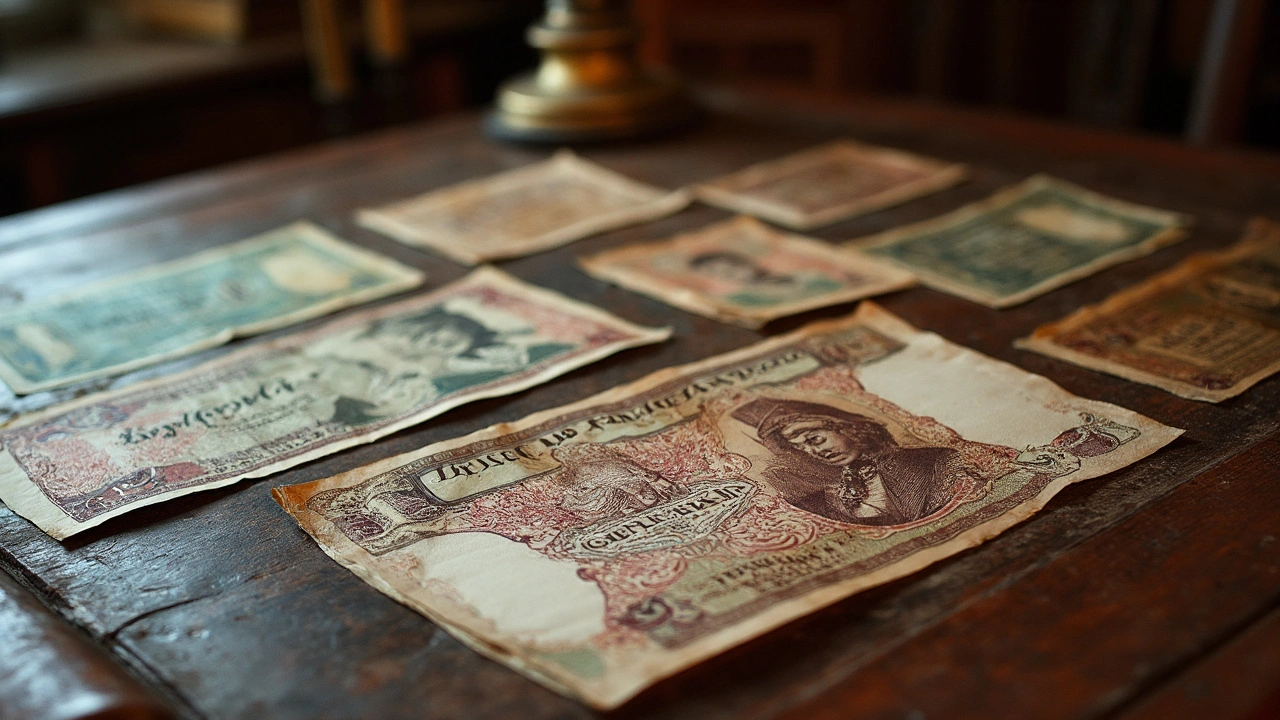Hundred‑Pound Note – Everything You Need to Know
If you’ve ever held a UK hundred‑pound note, you probably noticed its deep purple hue and the portrait of King Charles III. It’s the highest‑value banknote you’ll find in everyday circulation, and knowing a few basics can save you time and trouble, especially when you’re traveling or handling cash for a business.
First off, the note measures 166 mm by 90 mm and feels slightly thicker than lower‑value notes. The paper is a special polymer that doesn’t fold as easily and can survive a rainy day. On the front, you’ll see the king’s portrait, his signature, and a transparent window shaped like a number 10. The back features a landmark – the Scottish poet Robert Burns’ cottage – plus a holographic stripe that shifts colour when you tilt it.
How to Identify a Real Hundred‑Pound Note
Spotting a fake is easier than you think once you know what to look for. Hold the note up to the light – the polymer should be completely opaque, and you’ll see a clear window with a raised number 10 printed inside it. Run your fingers over the raised print on the portrait; it should feel tactile, not smooth. Tilt the note and watch the holographic stripe change from purple to blue – that’s a built‑in security feature.
Another quick check is the water‑mark. Press the note against a bright surface and you’ll see a faint silhouette of the monarch. The note also has a hidden “£” symbol that appears when you view it through a UV light. Most shops and banks have simple tools to test these, but you can do a lot just by looking and feeling.
Where to Use or Exchange a Hundred‑Pound Note
Because it’s a high‑value note, some small shops might refuse it, preferring lower denominations for change. Big retailers, hotels, and restaurants usually accept it without a hassle. If you need smaller bills, most banks and post offices will break it for you – just bring your ID and a quick transaction fee may apply.
Travelers often wonder whether to keep their hundred‑pound notes handy. In major cities like London, the note is common and accepted everywhere. In more remote areas, you might find cash‑only stalls that prefer coins or smaller notes, so it’s smart to have some change on hand. If you’re heading abroad, exchange the note at a reputable bureau or your bank before you leave – the exchange rate for a hundred‑pound note is the same as for ten ten‑pound notes, but you’ll avoid extra fees that some kiosks charge for high‑value notes.
Finally, if you’re collecting banknotes, the hundred‑pound note is a standout piece because of its colour and security tech. Keep it in a dry, cool place, away from direct sunlight, and consider a protective sleeve. This will keep the polymer from yellowing and preserve the brilliance of the holographic stripe.
Knowing these basics means you’ll never be caught off-guard by a counterfeit or a shop that can’t give you change. The hundred‑pound note is a sturdy, secure piece of currency that works well for big purchases, travel expenses, or a simple collector’s item. Keep an eye on the security features, carry some smaller notes for everyday use, and you’ll handle the UK’s top banknote like a pro.





